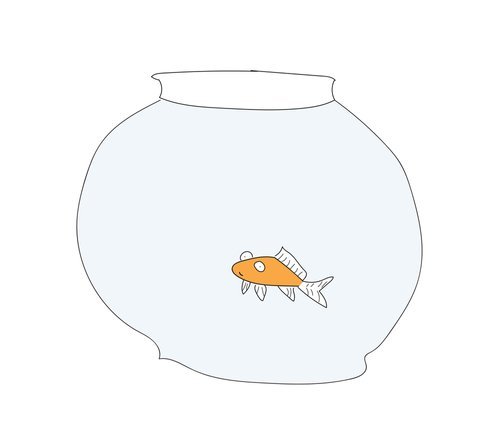Thinking through the realities facing such a commitment
This piece was co-written with Dr. Nason Maani.
This week Robert F. Kennedy Jr. was confirmed as Department of Health and Human Services. The possibility of his appointment has not been without controversy, with his positions on a range of issues, notably his skepticism of some vaccines, facing justifiable scrutiny. This scrutiny reflects a reasonable response to Kennedy’s nomination, given his positions and statements. At the same time, it is worth trying to engage with the health policy goals of a new administration in good faith as it implements the policies that the president ran on, even as we call out bad policy when we see it. This reflects an acknowledgement that elections are a contest of ideas, and the American people have just unambiguously endorsed a particular vision for the country, revealing an appetite for widespread changes, including to the U.S. public health system.
Before taking office, President Trump publicly stated that his goal with respect to health and science agencies is to “restore these agencies to the traditions of Gold Standard Scientific Research, and beacons of Transparency, to end the Chronic Disease epidemic, and to Make America Great and Healthy Again!” This slogan is both welcome and somewhat perplexing, given the prior positions of both the president and his Republican party on a range of health-related issues, positions that, at first glance, do not seem to bode well for health in the U.S. This includes the efforts of the first Trump administration to repeal the Affordable Care Act, the administration’s recent actions in the area of global health, and its moves to cut NIH research funding, all of which raise concerns over the consequences of its actions around health. Early announcements and executive orders by the new administration, such as ceasing reviews and external communications at the National Institutes of Health, withdrawing the U.S. from the WHO, withdrawing the U.S. from the Paris Agreement and changing the rules governing civil servants have evoked serious concerns and merit scrutiny. Ultimately, health expertise and scientific evidence should not be partisan issues, and each policy choice involves long-tail consequences for all Americans, particularly the most vulnerable. It seems imperative, then, that the administration’s intentions be treated with the respect, caution and objectivity that administrative responsibility demands. The administration says it wants to make America healthy again. So, in this piece, we will try to take this sentiment at face value and ask:
What would it take to truly make America healthy again?
Read more here



